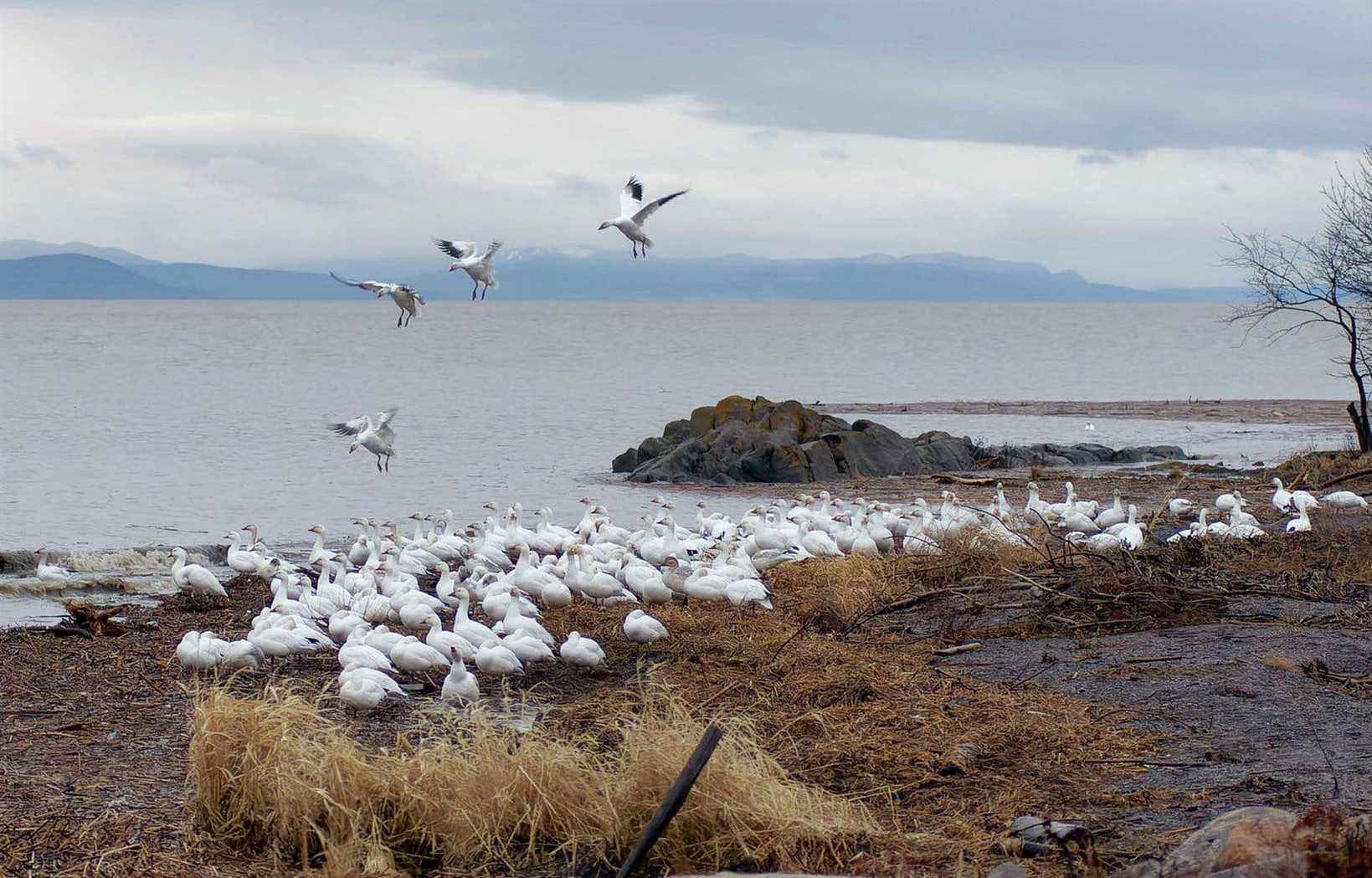The upsides of the COVID-19 pandemic are rare, but one of them is certainly the fact that Canadians have reconnected with the outdoors and nature. We cycled or jogged when the gyms were closed. Coming out of Zoom meetings, we walked, contacted friends and counted our steps with family. And many of us discovered birds for the first time in our yards and from our balconies. However, most Canadians would be surprised to learn that the federal government has not yet adopted the proposed regulations to better protect migratory birds.
So many people told us how many blackbirds they had seen during the pandemic that there seemed to be a population explosion. Sales of birdseed and feeders surged. Online forums and discussions on Instagram relating to avifauna have multiplied. Isolation and social distancing have made us step outside and turn our eyes to the sky.
Birds desperately need that boost in popularity right now. In North America, their numbers have dropped by three billion since 1970. Birds that many of us took for granted — swallows, swifts, skylarks, shorebirds — are much less abundant than before. Multiple threats from climate change, habitat loss, pollution, stray cats and uncontrolled pets, window panes and transmission lines are decimating populations faster than they can to keep. Recently, scientists have shown how declining populations of birds and other wildlife are interfering with the natural dispersal of plant fruits and seeds, compromising nature’s response to climate change, as the ranges potential species move quickly.
More than a hundred years ago, visionary leaders from Canada and the United States adopted a far-reaching treaty to protect the migratory birds whose ranges our countries share. This treaty, later signed by Mexico, helped stem widespread unregulated hunting; it is one of the oldest and most effective conservation agreements in the world. Until his tumultuous final days in office, the Trump administration tried to gut the treaty, but the changes were rolled back last year by the Biden administration. The Canadian government and civil society in both countries lobbied successfully for the essential elements of the treaty to be retained.
Now it is Canada’s turn to take steps to give the treaty more teeth. The new federal migratory bird regulations, proposed in 2019, are awaiting adoption by our Minister of Environment and Climate Change, Steven Guilbeault. More than most citizens, he will understand how this approach to meeting Canada’s global commitments to biodiversity conservation will also serve to mitigate the effects of climate change.
Among other advances for birds, the new regulations, once adopted, will remove the current ambiguity that it is prohibited to capture, kill, harm or harass migratory birds. For example, it will protect the nests of the magnificent Pileated Woodpecker, a forest species of prime importance […]. In addition, the new regulations will take into account the constitutional rights of Indigenous peoples under Section 35 of the Constitution Act, 1982, which will be an important step towards reconciliation.
The new, long-awaited changes that will be made nationwide to the means of protecting migratory birds are sound and will be effective. For the past two years, nature and the outdoors have given us reassuring hope and much-needed respite in these difficult times. The birds, in particular, enchanted us and provided a welcome relief from stress. Indeed, they helped save us; we owe it to them to do everything possible to ensure their future.
* Other signatories: Jean-Sébastien Guénette, General Manager, QuébecOiseaux; Ian Davidson, Regional Director for the Americas, BirdLife International; Graham Saul, Executive Director, Nature Canada
